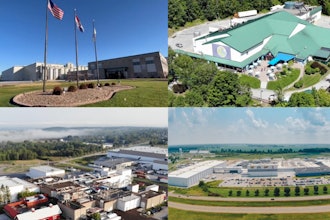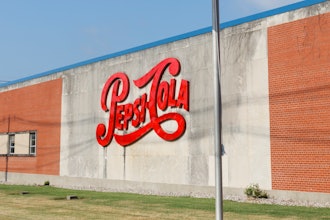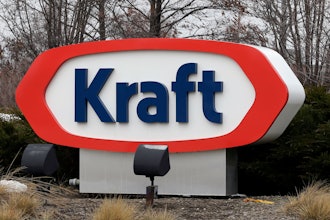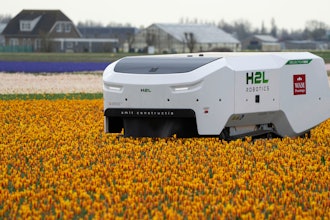This article originally appeared in the November/December print edition of Product Design & Development.
In the Product Design & Development Brainstorm we talk with industry leaders to get their perspective on issues critical to the design engineering marketplace. In this issue, we ask:
How will the continuous and future integration of robots in manufacturing change the way we design and create?
Robots used in manufacturing have been with us for quite a few years already – certainly the automotive manufacturers have made use of robots for welding, and many manufacturers of auto body parts have been using robots for handling raw materials and finished stampings.
The electronic and printed board assembly industries have been using robots for decades, as well. It is clear that these two examples indicate the vast range of sizes of components that can be manipulated and placed, as well as the multitude of processes that robots can be, and have been used for.
What is common to utilization of robots is that they are generally designed to perform one specific function; however, future integration of robots will need to work with myriad components and how they are introduced to the robots will be of utmost consideration.
Speaking within the arena of small metal components — fourslide and progressive die stampings, specifically — the design of these components will need to embrace issues, such as part orientation and separability of parts, to name two. All components will need to be oriented so that the robot can pick them up the same way each and every time, and asymmetrical parts could pose a challenge.
Components designed with features that will cause them to either tangle or nest up with each other during batch processing will need to be separated and oriented before being introduced to the robot for placement.
It has always been a challenge to handle components that need orientation, as they sometimes get tangled together during heat treating and/or plating processes. Most of these challenges have been addressed by putting parts on a carrier strip integral to the part, or locating them within a pocket in a tape-and-reel scenario.
But not all parts lend themselves to be economically produced on a carrier strip, and putting a component into a plastic pocket with orientation to facilitate robotic pickup still needs to start with loose (not tangled) parts being oriented somehow.
Designers should always have an eye on handling in order to facilitate robotic manipulation. This has always been the case, but becomes more important as more robots are integrated into manufacturing environments.






















